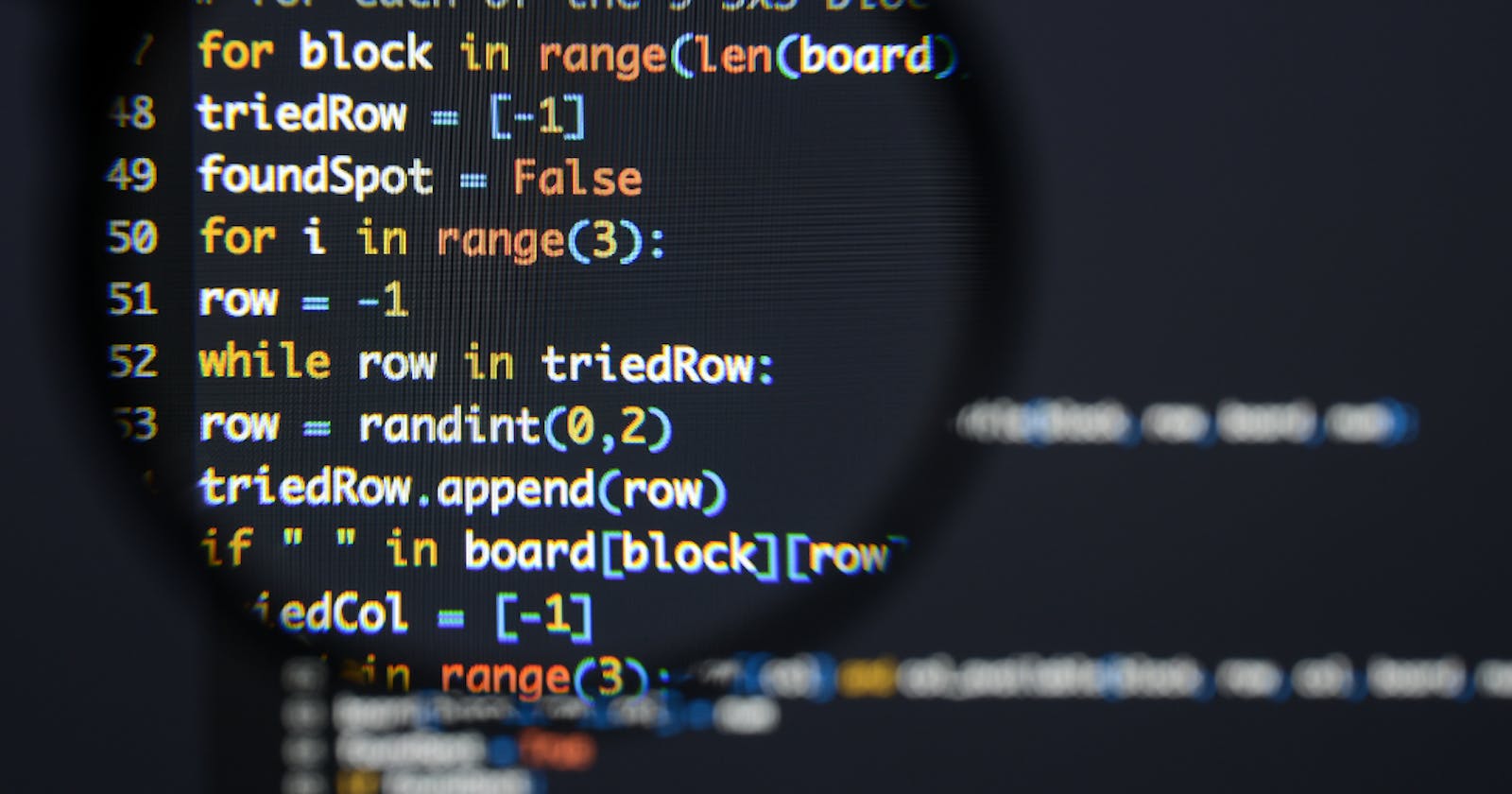Common beginner Python errors (and how to fix them)
Here are some common errors faced by Python beginners and how to solve them
Python is a popular language known for its simplicity and ease of use, which makes it a great choice for beginners. However, self-taught Python learners may encounter certain errors that can be frustrating.
Below, I have compiled some common errors that Python learners may encounter and ways to overcome them.
1. Not getting any error as well as an output
This is one of the most common errors Python users face. However, not all code is written to produce an output. If you simply define a variable or function, your code will not produce any output.
For example, if you write and run the following code:
|
The code name = 'Fishon Amos' simply assigns the string 'Fishon Amos' to the variable name. It will not produce any output unless you add the print() function as you can see below:
#Definining a variable with python
name = 'Fishon Amos'
|
To produce output from your code, you will need to use statements like print or return to display or return the result of your code.
Aside from checking that the appropriate function is called, check your code for syntax errors, and ensure that all necessary libraries and dependencies are installed.
2. Maximum recursion exceeded error
This error happens mostly when you try to execute factorials and large numbers. In Python, the recursion limit is the maximum depth of the recursive calls allowed in the interpreter. If a recursive function calls itself too many times, it can exceed the recursion limit (<1000) and raise a Recursion error.
To handle this error, you can add the try-except block in your code to catch the Recursion Error and provide a fallback solution. For example:
|
3. Assignment and equality operators error
This is one type of error that most python programmers face regardless of their level of experience. Because of how similar these two operators are, programmers tend to use them wrongly in their programs.
The assignment operators
In the code below, an equality operator (==) was used instead of an assignment operator (=) to define the variable ‘age’ and it returned a Name Error.
|
To fix the error above, use only one (=) to define the age variable.
The variable ‘age’ should now print correctly.
The Equality Operator
You can use the equality operator (==) to check if two values are equal. For example,
|
The above code will display output as shown in the image below:
However, if you use an assignment operator, your code will return a Type error.
Finally, it is important to know that these types of errors are small but sometimes difficult to spot, especially if you are dealing with large lines of code.
Therefore, it is important to check your code properly because the errors identified above are common, especially for beginners.
Errors are a natural part of the coding process
While we strive to ensure our code is error-free, we must acknowledge that encountering errors is a natural part of the programming process which helps us to improve our skills and become more proficient.
